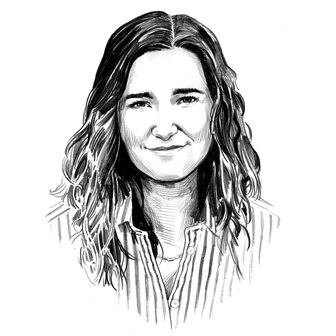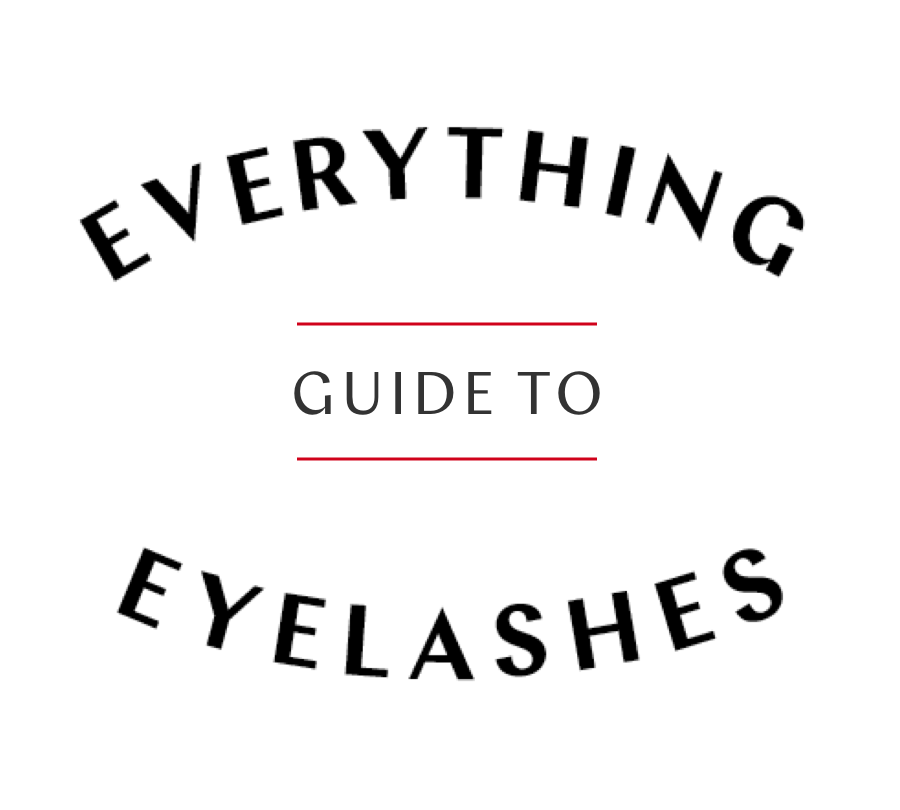
Eyelashes have the impressive ability to transform your face. The Everything Guide to Eyelashes is a week of stories on the Cut about lashes, from all the mascaras we’ve obsessively tested to our personal feelings about why eyelashes matter.
For six or seven months now, I’ve been painting a thin strip of Rodan & Fields Lash Boost along my upper lash line every night. My eyelashes were noticeably longer within three weeks. The serum cost me $135, and I would guess that, in total, my eyelashes have grown about half a centimeter. That may not sound like a lot, but when your eyelashes were only a centimeter long to begin with, that’s a 50 percent growth rate. Am I pulling some of these numbers out of my ass? Yes — I don’t have a ruler small enough to measure my lashes. But there has been enough growth for me, and more importantly, other people to notice. And it’s not just because I keep telling people to look how long my eyelashes are. I have thus far suffered no ill effects from this magic potion, but recently (… six months in …) it occurred to me to wonder if I still might.
First, a little about how lash serums like Rodan & Fields’ Lash Boost (and the OG, Latisse) work. I spoke to Dr. Ilyse Haberman, assistant professor in the Department of Ophthalmology at NYU Langone Health, who told me that serums like mine were first discovered in the treatment of glaucoma. “In the glaucoma medication eye drops, one of the side effects they saw was that patients would get these longer, more luxurious eyelashes,” says Haberman. Luxurious indeed.
Not only do serums with active ingredients like this one (bimatoprost in the case of Latisse, and isopropyl cloprostenate in the Rodan & Fields formula) cause existing eyelashes to grow, but they also stimulate growth in hair follicles not currently growing lashes (which explains why lately I have had to pick eyelashes from the very inner corner of my eye).
Not all eyelash serums are created equal, and they won’t all cause genuine growth: to find one that will, you’re going to search the ingredient lists for one made with bimatoprost, isopropyl cloprostenate, or another comparable prostaglandin (a group of fatty acid compounds which cause various hormonal effects, including hair growth). Serums without it, neuLASH or Shiseido Full Lash and Brow Serum, are essentially lash conditioners, which might make your lashes look fuller and/or longer by hydrating and softening them, but which won’t actually stimulate growth. Which you might be fine with. Personally, I want the eyelashes of a horse.
Such products are not entirely without risk: a group of customers recently filed a class action lawsuit against Rodan & Fields, saying that their Lash Boost product left them with red, puffy, and sometimes crusty eyes. That said, most people have little reason to worry; if you apply the serum as directed (to the lash line only, avoiding the eyelid), you should be okay, says Haberman.“[Lash Boost] should likely be regulated the same way Latisse is, but if you use either of them properly you can minimize the side effects,” she adds. Because Rodan & Fields is marketed as a cosmetic “eye-conditioning serum,” consumers might not realize it’s not necessarily as safe as, say, mascara.
Applying Lash Boost or Latisse to the eyelid can also cause hyperpigmentation (or darkening) of the eyelid skin, and in some cases hyperpigmentation of the iris — usually in patients with hazel or green eyes. And while most cases of eyelid hyperpigmentation will reverse over time after discontinuing the product, the same can’t be said for your irises. So if you’re very attached to the exact color of your eyes right now, proceed with caution.
For people like me, who don’t care what their eye color becomes if it means having the eyelashes of an angel, there are just a few other side effects to look out for. “You can see localized skin reactions, which are an allergy to the [serum] itself,” says Haberman. “Some people can get excess growth they don’t want along the lid, and even in the eyebrow region.” I’m not sure who exactly wouldn’t want as much eyelash/eyebrow growth as possible, but to prevent it, Haberman advises careful, minimal application to the lash line, and suggests wiping any excess liquid off the skin afterward. Otherwise, it is possible that your eyelashes will grow to be so luxurious that they become heavy, causing the eyelid to droop (!). When eyelashes become too long or heavy for the eyelid to support, says Haberman, they’ll fall out. And while they’ll almost always grow back, that can take months.
Again, the key, as with most products, is to follow directions. “There’s really no danger in using [Latisse or Lash Boost] on the lashes themselves,” says Haberman. If the serum stings, or inflames your eyelid, or you start growing hair in places you don’t want it, then yes, obviously, stop using it. There are other ways to get this look — Ardell makes nice, cheap false eyelashes, and they’re not as hard to put on as you think.



